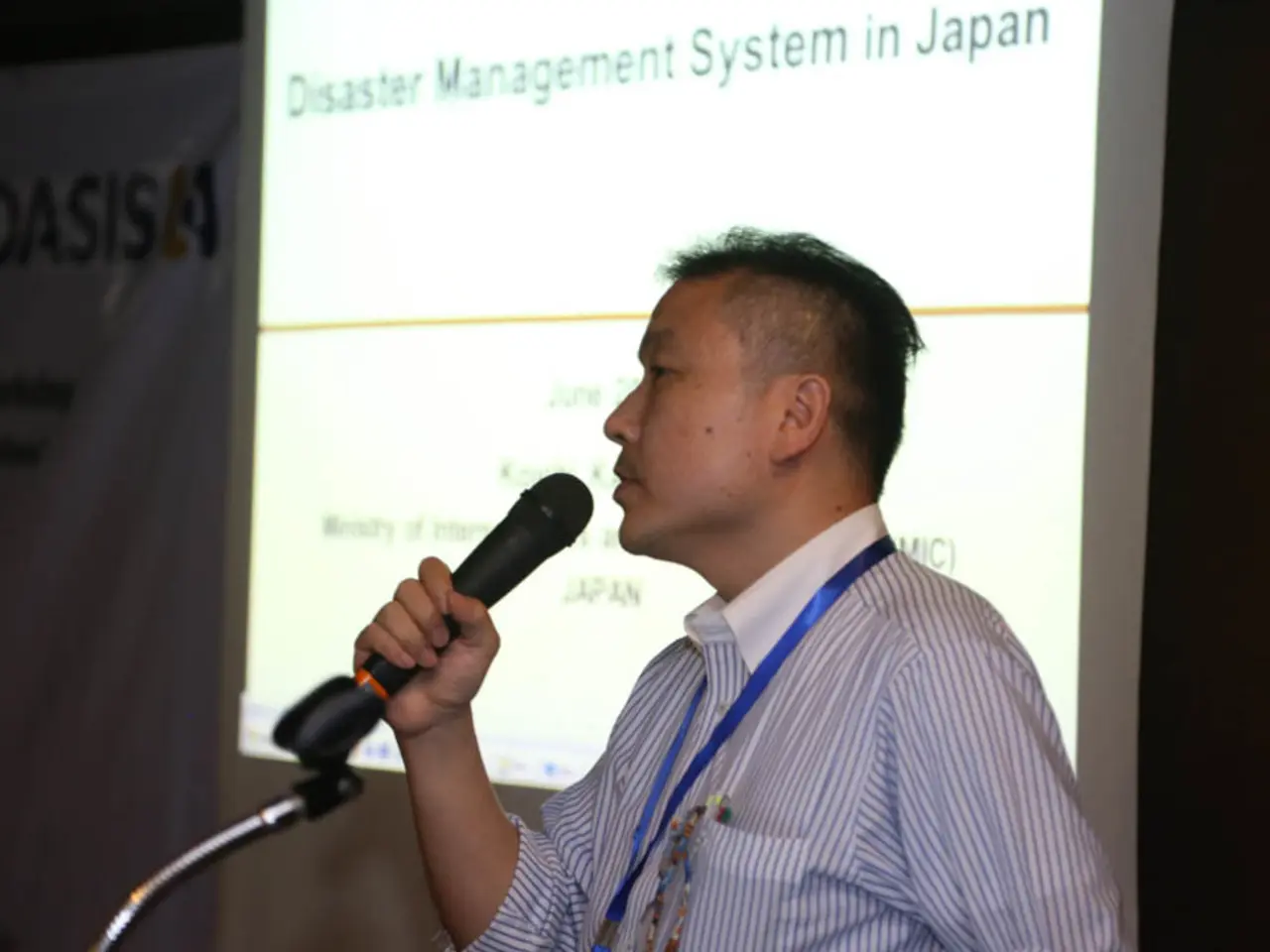Forging the Pathway towards Durability and Adaptability
Lehigh University's new Center for Catastrophe Modeling and Resilience (CCMR) is setting a unique precedent in disaster preparedness, integrating expertise from engineering, natural sciences, behavioural research, and big data modeling to predict and address natural disasters. This groundbreaking research centre, the first under the university's Inspiring the Future Makers strategy, is a training ground for the next generation of resilience experts.
The CCMR's work responds directly to urgent questions being asked by communities, companies, and governments about disaster preparedness and risk reduction. The centre's approach seeks to improve accuracy in forecasting disasters and provide actionable insights for mitigation and resilience planning.
Key components of the CCMR’s educational program include mentorship, hands-on learning, and interdisciplinary training, preparing graduates to lead in academia, industry, and government. The centre's first master's degree recipient, Urinrin Otite, has already made significant contributions to the centre's mission with her research on infrastructure resilience.
The CCMR refines predictive models for structural impact analysis, improving understanding of how extreme weather physically damages infrastructure and buildings. It also enhances disaster response simulations to better prepare and coordinate effective response strategies for increasingly complex and unpredictable natural disasters.
Moreover, the centre develops multi-scale models that link global phenomena, such as polar vortex patterns, with localized disaster outcomes like power outages, bridging gaps between climate science and practical resilience planning. The centre also collaborates with organisations in the public and private sectors to ensure immediate application of research results.
Lehigh University's commitment to high-impact, interdisciplinary research is further demonstrated by the establishment of two more University Research Centres (URCs) - the Center for Community-Driven Assistive Technologies (CDAT) and the Center for Advancing Community Electrification Solutions (ACES). These new URCs aim to build knowledge that meets the moment and shapes the future.
While the CCMR primarily focuses on natural disasters, it also transfers computational models and tools from the study of natural disasters to other threats to society, such as epidemics. The centre's ultimate goal is to help the private sector predict the impact of natural disasters, prepare for, withstand, and recover from them, thus minimizing losses and facilitating faster recovery.
[1] This holistic methodology seeks to improve accuracy in forecasting disasters and to provide actionable insights for mitigation and resilience planning by leveraging interdisciplinary collaboration and cutting-edge modeling techniques. CCMR’s approach stands out by integrating diverse fields to address natural disasters not just as isolated environmental events but as intertwined challenges involving physical, social, and systemic factors.
- The Center for Catastrophe Modeling and Resilience (CCMR) at Lehigh University utilizes interdisciplinary collaboration and advanced modeling techniques to forecast disasters more accurately, offering actionable insights for mitigation and resilience planning.
- The CCMR's strategy addresses natural disasters not as isolated events but as multifaceted challenges, involving physical, social, and systemic factors, to provide comprehensive solutions.
- The CCMR's educational program emphasizes mentorship, hands-on learning, and interdisciplinary training, preparing graduates to lead in academia, industry, and government sectors.
- The center's research on infrastructure resilience, disaster response simulations, and multi-scale models linking global phenomena and localized disaster outcomes contribute to bridging gaps between climate science, engineering, and practical resilience planning.
- Collaborating with public and private sector organizations is crucial for the CCMR to ensure immediate application of research results, aiding improved disaster preparedness and response strategies.
- The CCMR's broader goal extends beyond natural disasters, aiming to transfer computational models and tools to predict and address other societal threats, such as epidemics.
- Lehigh University's commitment to interdisciplinary research is further demonstrated by the establishment of two more University Research Centres (URCs) – the Center for Community-Driven Assistive Technologies (CDAT) and the Center for Advancing Community Electrification Solutions (ACES).
- The CCMR's ultimate objective is to help the private sector predict the impact of natural disasters, prepare for, withstand, and recover from them, minimizing losses and facilitating faster recovery, thus fostering a more resilient industry and society.




